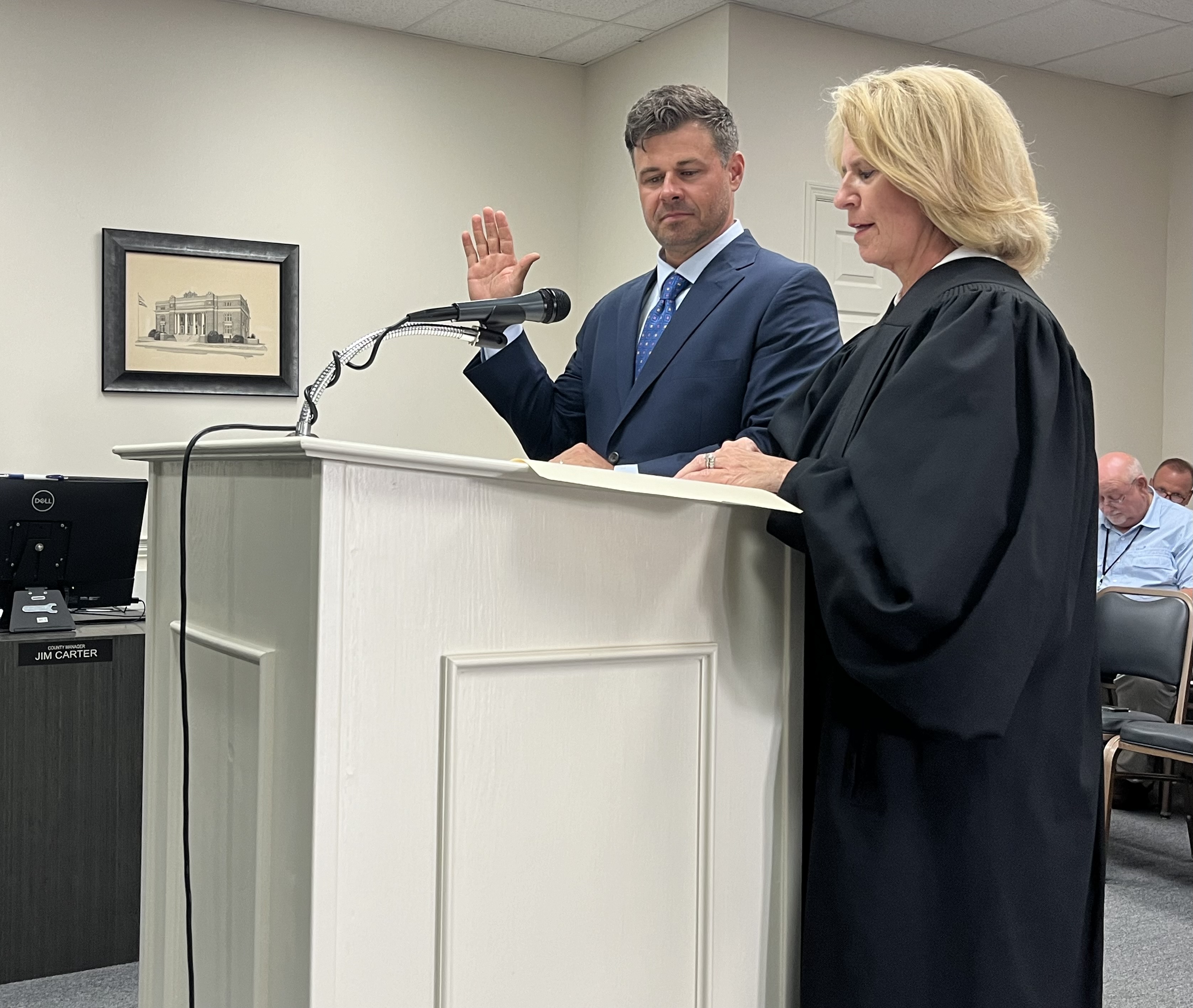More than half of sickle cell funds at risk
Published 1:15 pm Thursday, February 13, 2020

- The Capitol Building bustles with lawmakers and lobbyists on the first day of the 2020 legislative session in Atlanta on Jan. 13.
Editor’s note: This story has been updated with a comment from the Department of Public Health.
ATLANTA — When it comes to Georgia’s $28.1 billion budget, $265,000 may seem like chump change. But for the Sickle Cell Foundation at risk of losing those dollars, it’s more than half of its state funding.
Trending
In 2015, more than 8,000 people were living with sickle cell disease in the state. The chronic blood disorder disproportionately affects black and rural Georgians.
In the past, the foundation has been allocated $500,000 in state funds but in proposed budget cuts, 53% is on the chopping block. Lobbyists and lawmakers made the case for reallocation of those funds last week during an Appropriations Health Subcommittee meeting.
Sickle cell is almost exclusively a black disease, Andy Lord, lobbyist for the foundation, said. About 60% of cases in Georgia come from rural areas.
Jeanette Nu’Man, operations manager for the foundation, told CNHI that out of all orphan or rare diseases, sickle cell has historically been underfunded and under researched. The areas most in need, she said, are going to be most impacted by cuts.
“These are people who are sick and dying because they don’t have access to care — especially living outside of Metropolitan Atlanta,” she said. “Everybody doesn’t want to live in metropolitan Atlanta. They shouldn’t have to move to Atlanta to get care. They shouldn’t have to move to Augusta to get care. They should be able to access care where or at least near where they live.”
Dollars from previously allocated funding for the foundation have gone toward opening access for patients including funding for community health workers who coordinate routine care for patients in areas with high rates of the disease — Augusta, Columbus, Savannah, Macon and Atlanta.
Trending
These workers reduce the need for acute care, reliance on emergency rooms and overall costs, Nu’Man said.
“The whole focus of the funding, of how we use the funding, that we get from the state is to improve access to care,” Nu’Man said. “What is happening in Georgia, which is what’s happening in many other states, is that adults have very limited access to care and because of that limited access to care, they have such poor outcomes.”
Hematologists in Georgia are few and far between. The foundation’s most expensive endeavor is bringing hematologists to under-served areas. It also provides non-specialty doctors understanding of and training on how to treat sickle cell disease. With the cuts, Nu’Man said, they’ll most likely have to reduce the number of times they can bring in hematologists to provide services and cut down training.
“If you’re not close to Metropolitan Atlanta, if you’re not close to Augusta University, you’re really kind of out of luck when it comes to hematologists,” she said, “because they’re low in number, even in those locations, but outside of those cities there are almost none.”
A 2019 brief from the policy center reported that many of the children living with sickle cell face long drives to treatment and limited appointments for specialized care.
In the last year, Lord said, the foundation has done four large physician trainings. The foundation has screened over 100,000 Georgians to date with mobile testing units. Out of those screenings, they detected over 10,000 cases where the patient did not know they had it.
“That is a direct result,” he said. “That is directly funded by the funds this committee and this body has allowed us.”
Lord has the sickle cell trait himself, but lived most of his life without knowing. It wasn’t until doctors discovered his son was born with the trait that he was tested, too.
“There are many of Georgians who also don’t know,” he said.
Obstacles to health care come in various forms, Angela Snyder, director of health policy and financing for the Georgia Health Policy Center, said.
“Access barriers exist geographically, because you’re far away from someone or a provider that’s very trained and sickle cell,” she told CNHI, “or you don’t have health insurance or you have lots of other barriers like you lack transportation or you lack social support.”
Georgia’s high rates of uninsured residents also presents challenges and drives up health care costs.
“If you don’t have health insurance,” she said, “you can’t really make an appointment to see a doctor on a regular basis. You have to use emergency room care.”
A 2018 study by the Georgia Heath Policy Center, confirmed the correlation between access to care and emergency room visits and costs. From 2014 to 2016, Medicaid and Medicare paid for more than 70% of sickle cell related emergency room services.
Sickle cell disease doesn’t make the headlines, the patients aren’t knocking on legislator’s doors, Rep. Al Williams, D-Midway, said, but they’re the ones that need lawmakers’ help the most.
“I feel very passionate about this,” Williams told the Appropriations Health subcommittee. “And if anything has bothered me within 18 years here, it has been this situation with sickle cell.”
Rep. Gloria Frazier, D-Hephzibah, said that sickle cell treatment and care is at an all-time best. With two new drugs added to the small list of three total that help patients.
“We have made great strides through the years and we don’t want to stop it now by taking additional cuts,” she told committee members.
Nu’Man said the Department of Public Health — that faces millions of dollars in cuts — is “hamstrung” with its entire budget being cut.
During budget hearings at the end of last month, Department of Public Health Commissioner Kathleen Toomey told lawmakers cuts there would be minimal or no reduction in services.
A spokeswoman for the Department of Public Health said in an email to CNHI that the proposed buffet reduction to the foundation “does not affect direct services and case management.” Cuts would come from things like supplies, travel and printing and distribution of educational materials.
“I think the biggest message and the biggest disappointment is that we have a situation where we’ve been ignored all of these years and but when we finally get funding to serve people who are in desperate need we see a 53% cut,” Nu’Man said. “This cut is deep. It’s really deep.”
Lord said he understands the overall cuts but hasn’t seen many other cases of programs losing half of their budget.
“They didn’t tweak us,” he said. “They halved us.”





